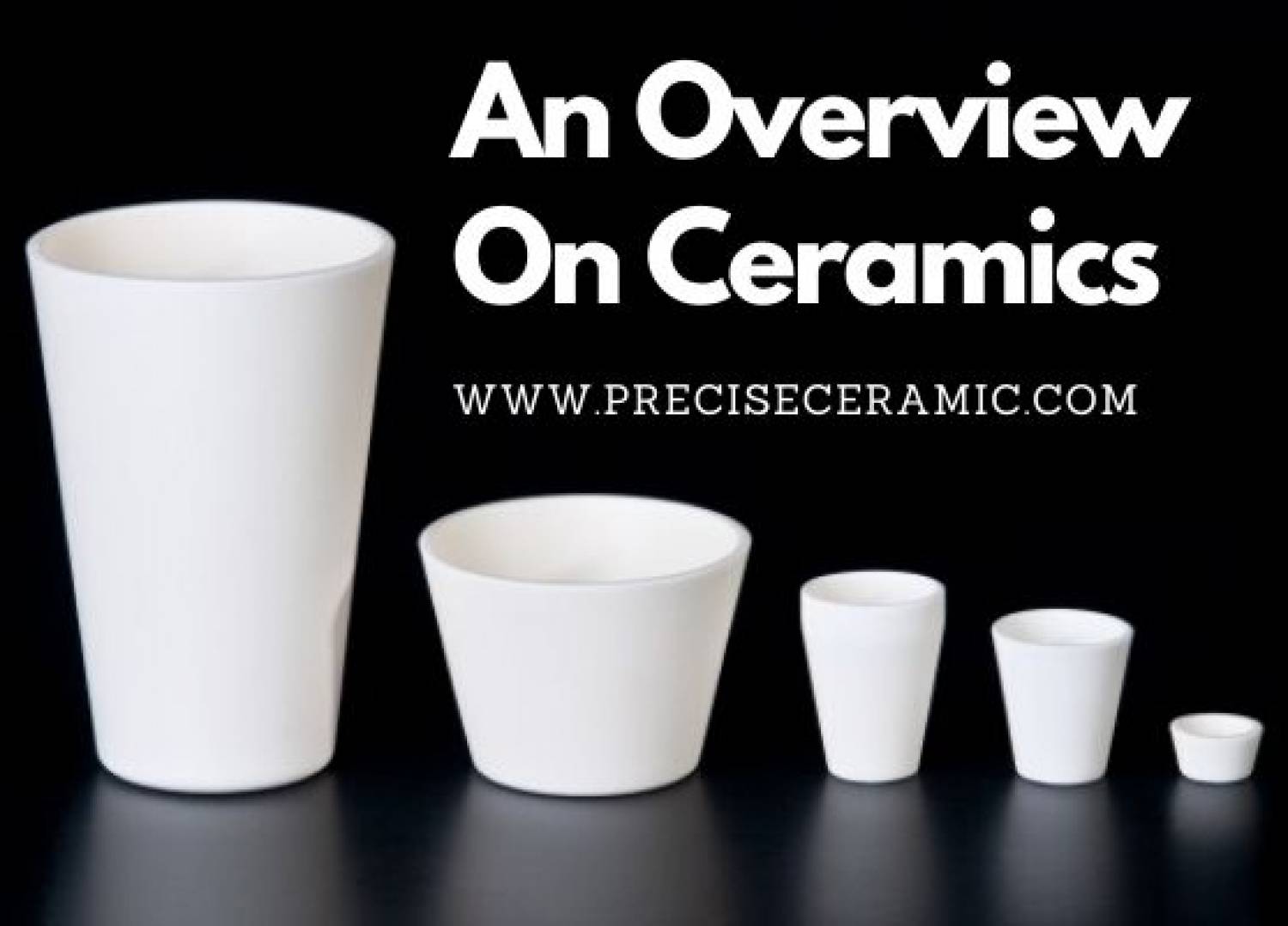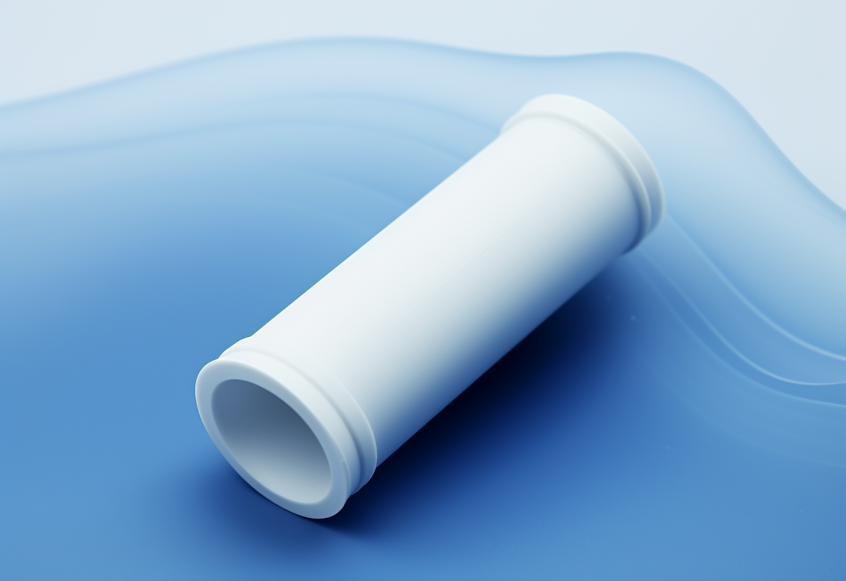Do you have any questions? Email Us
[email protected]

The word ‘ceramic’ is originated from Greek word keromikos, which means ‘burnt stuff’. Ceramics are compounds of metallic and non-metallic elements.
- high temperature stability - high hardness - brittleness - high mechanical strength - low elongation under application of stress - low thermal and electrical conductivities
Ceramics are classified in many ways. It is due to divergence in composition, properties and applications.

Based on their composition, ceramics can be divided into: - Oxides - Carbides - Nitrides - Sulfides - Fluorides etc. Based on their specific applications, ceramics are classified as: - Glasses - Clay products - Refractories - Abrasives - Cements - Advanced ceramics for special applications Based on their engineering applications, ceramics are classified into two groups as: - Traditional ceramics – most made-up of clay, silica and feldspar - Engineering ceramics – these consist of highly purified aluminium oxide (Al2O3 ), silicon carbide (SiC) and silicon nitiride (Si3N4 )

– high temperature stability – makes conventional fabrication routes unsuitable for ceramic processing Inorganic glasses, though, make use of lower melting temperatures: Most other ceramic products are manufactured through powder processing.
Powder synthesis – green component (casting, extrusion, compaction) – sintering / firing.
Recent Posts
Hexagonal Boron Nitride Used as A Substrate for 2D Materials
ZSBN Nozzles Used in Molten Metal Atomization
Boron Nitride Nanosheets Used as Protective Barriers for Metals
Find More Info



